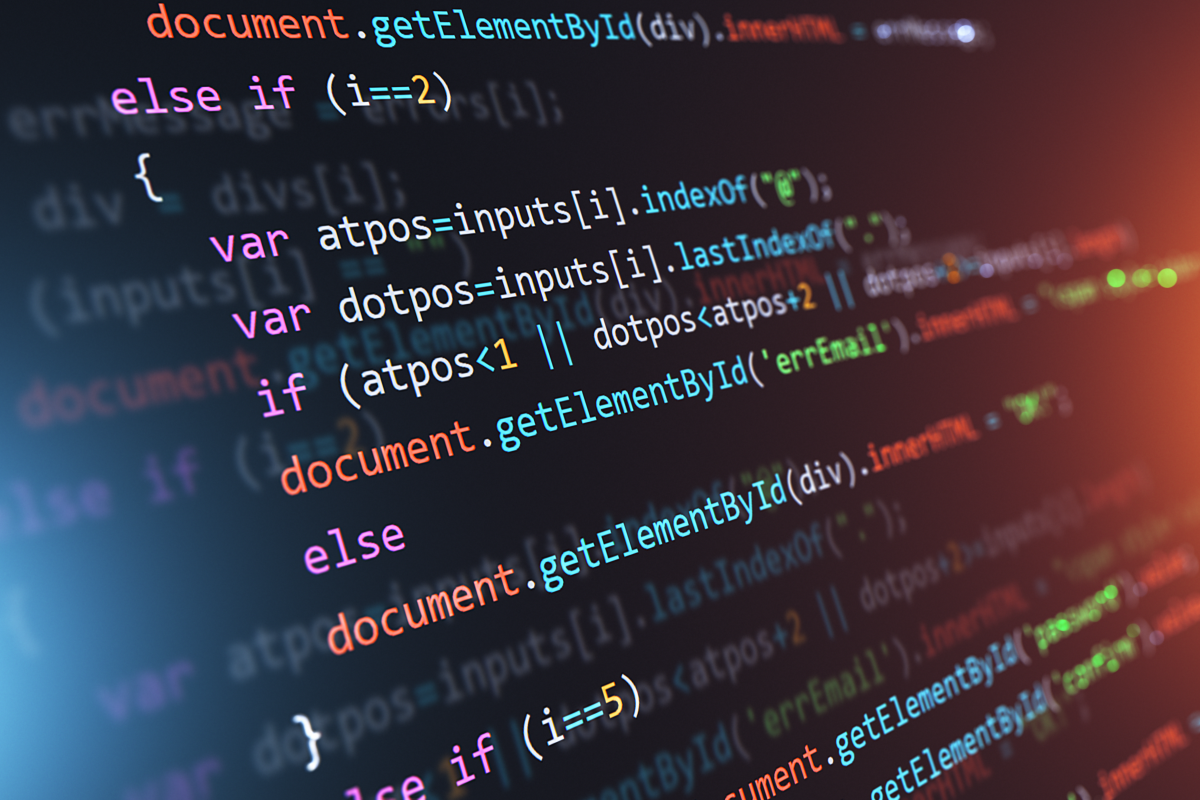Explore programming history
The first computers could only do a single thing. As computers got more powerful and expensive, people wanted to be able to do more with them. Being able to tell a computer to do a wide range of things would make them much more useful.
To enable this flexibility, the programmable computer was born. Programs are instructions that tell a computer what to do and when to do it. The instructions tell the computer what to show on a screen or what sound to make. Programs are made to respond to what the person using the computer (the user) types, says, or selects.

We tend to give instructions to humans in a language like English or Spanish. Computer programs have a language too. Just as you say, write, or sign words to a human, you can type (or speak) a program using the language the computer understands.
Early Programming
When computers started going mainstream, programs were delivered to customers on mobile disks. These disks, called floppy disks, had the entire program on them.
For example, a spreadsheet program like Microsoft Excel would be on one or more floppy disks. Customers would buy and then "load" the program onto their computer. The whole program had to be on the disks for Microsoft Excel to work.
This worked pretty well, but there were a few problems. If a problem in the code was found (called a "bug"), the only way for the customer to get the problem fixed was to get an update. The updates also came on floppy disks that people would get in the mail or at a store. Many times, the updates had to reinstall the entire program with the bug fixed.
Another problem was that programmers couldn't update the programs without selling a new version. While this could be good for business, it meant that people had to wait months or years for the new version to come out.

A third problem is that early programs seemed bloated to some people. This means that the program had to include anything that someone might want to do with it. Customers had to pay for the full program with all the features whether they used everything or not.
Big Changes
This type of programming was used for many years. Over time, however, a different approach was developed. People thought, "What if you could break computer programs into parts that did just one or two things?" Those parts could then be linked together as needed. This is the idea behind modern programming.
Today programs are delivered over the internet and many times are updated without you knowing about it. Programs have kind of disappeared into the background. But they're more important than ever. The way of making them has changed, but they continue to be the heart of computing.